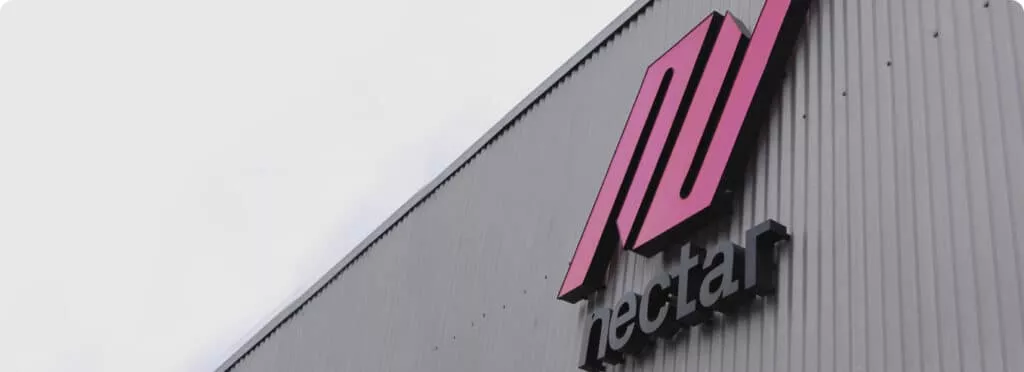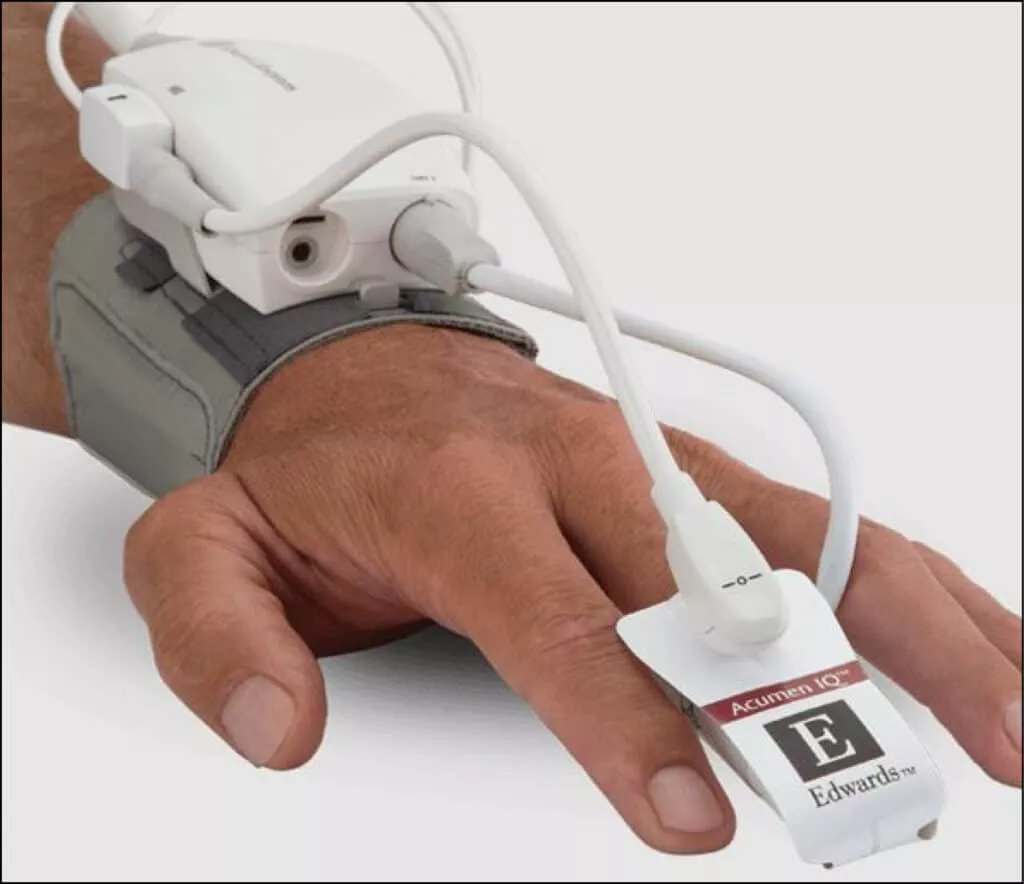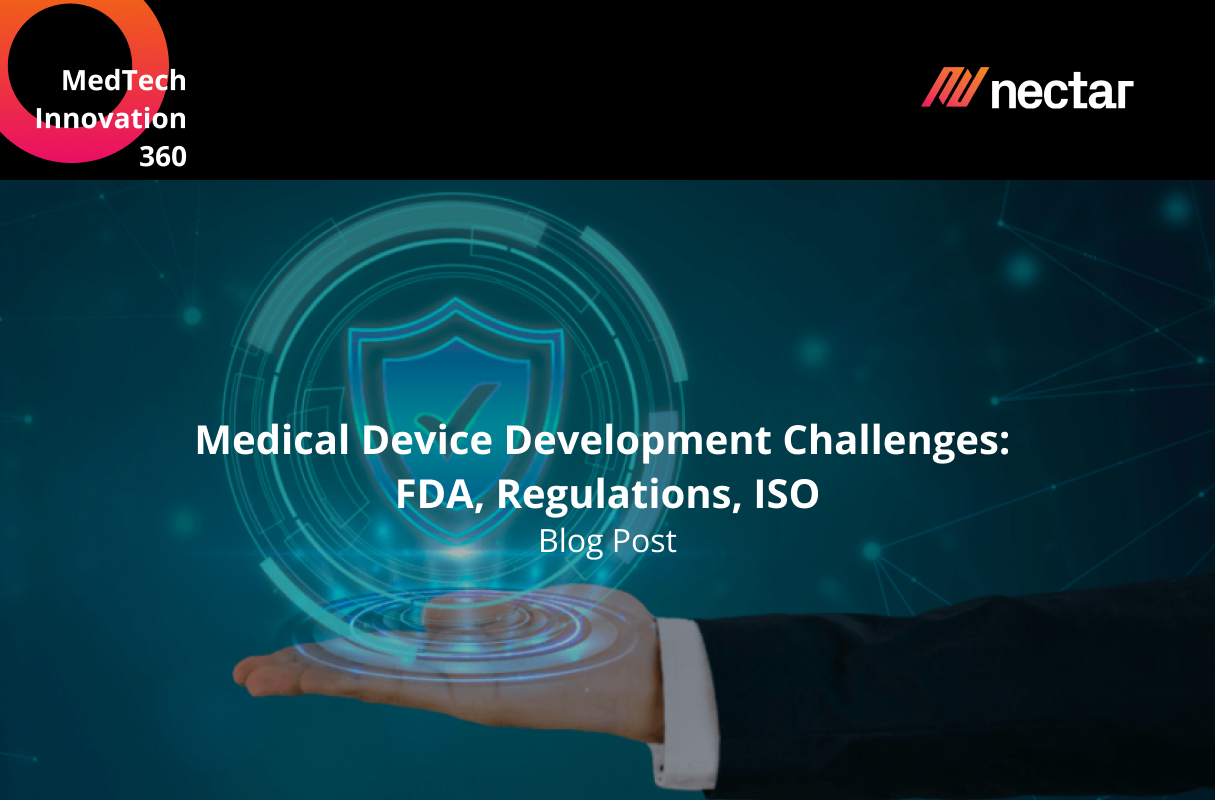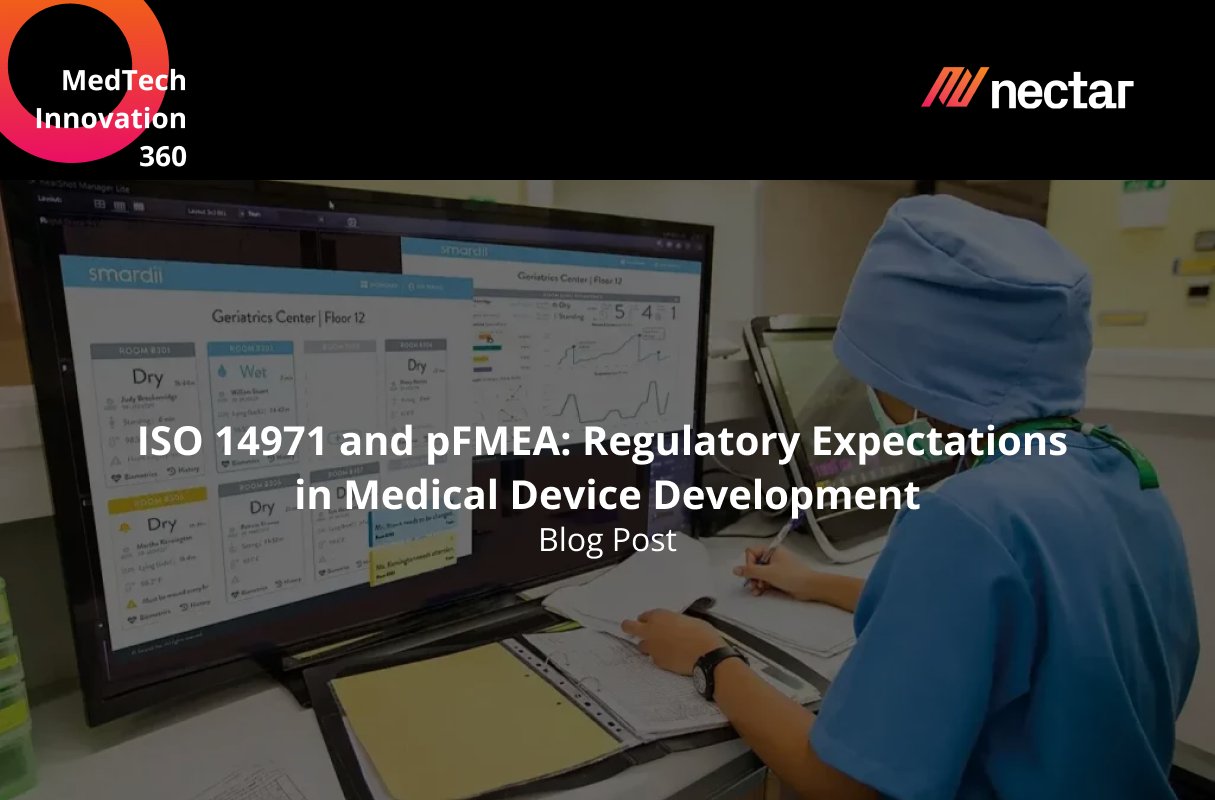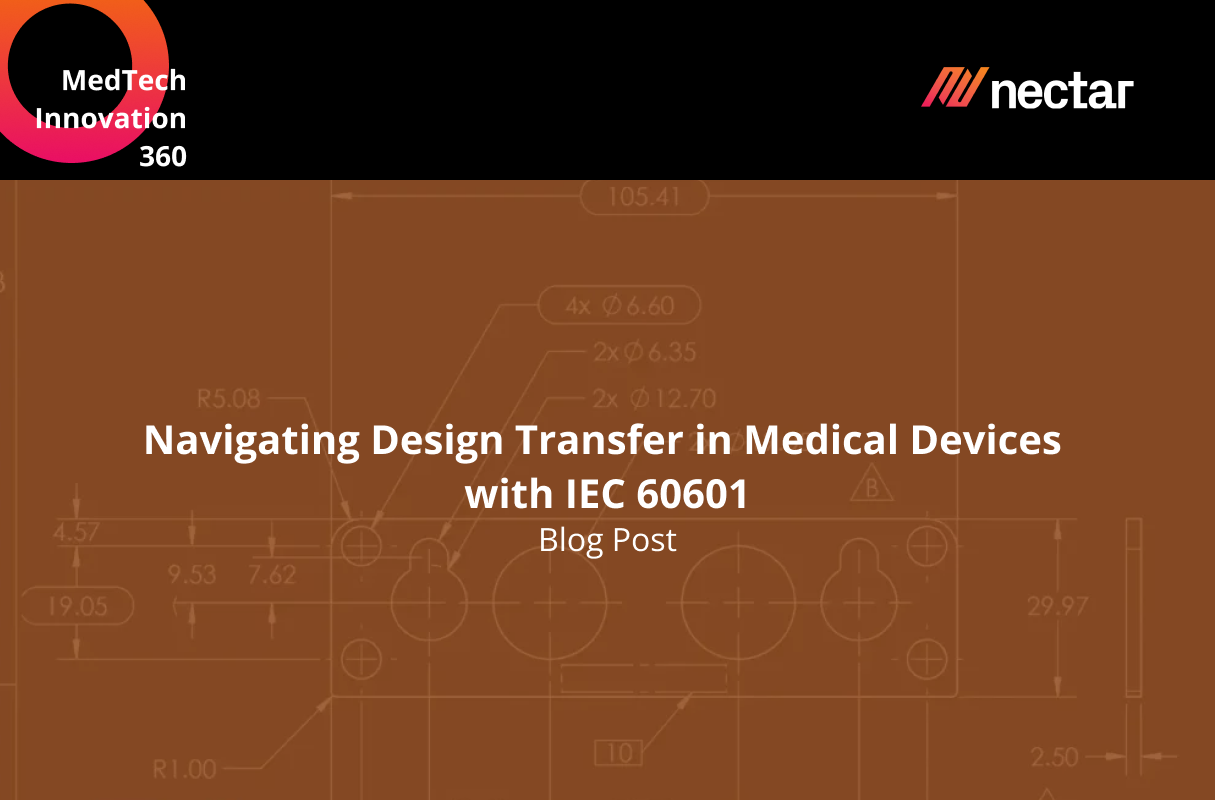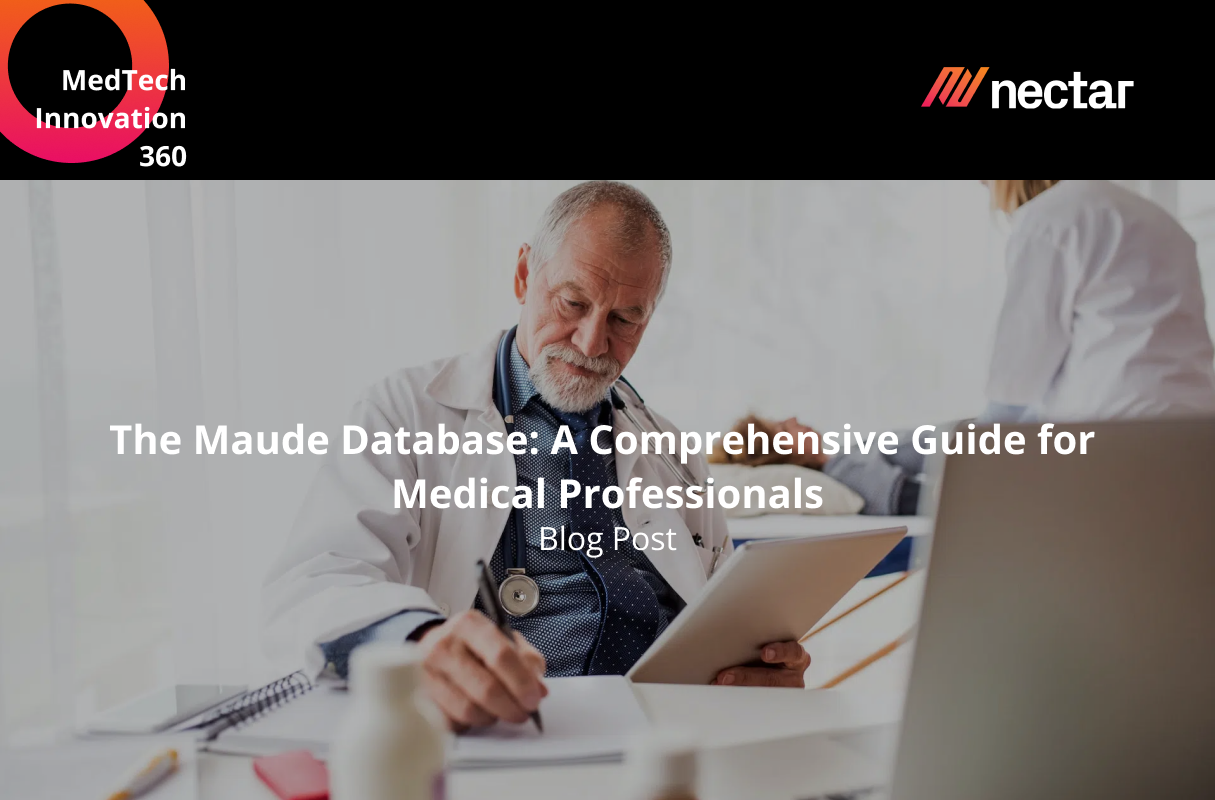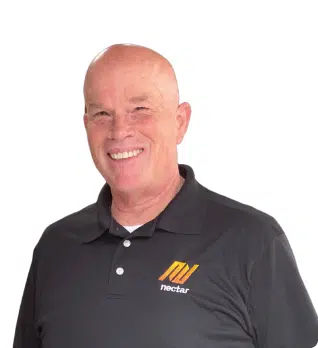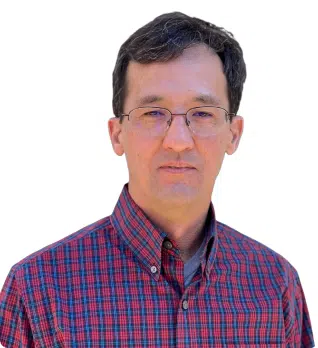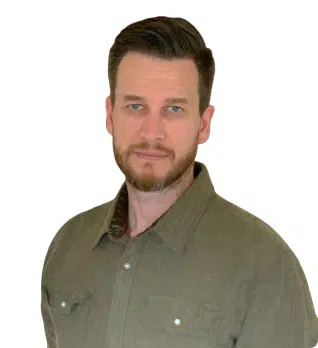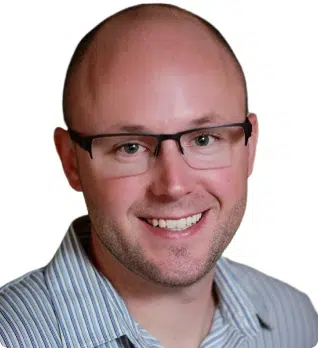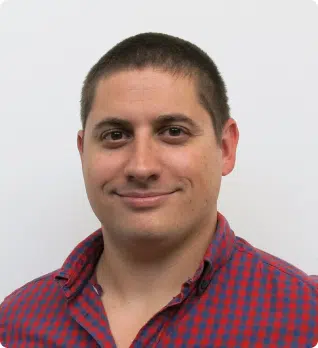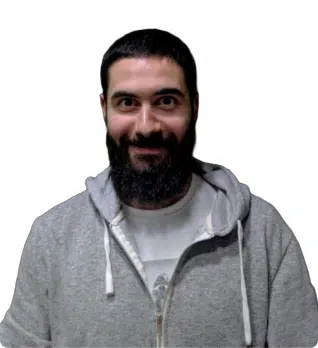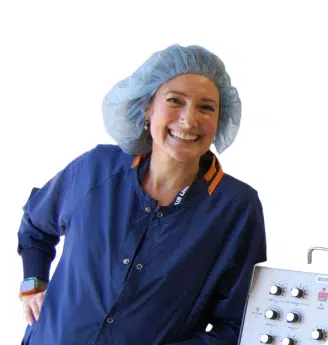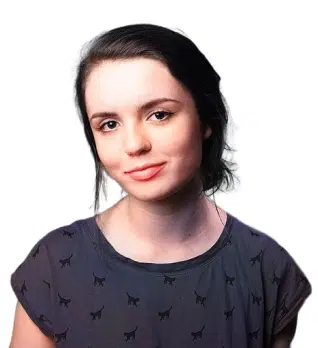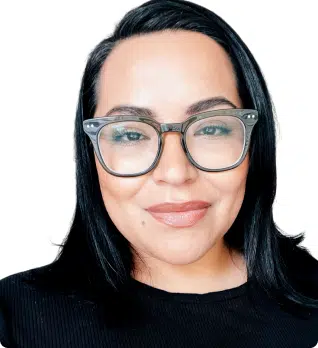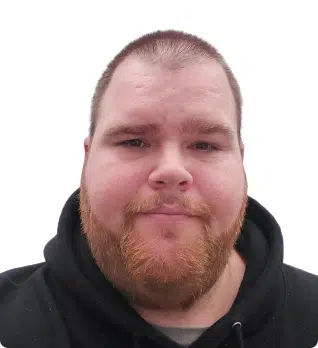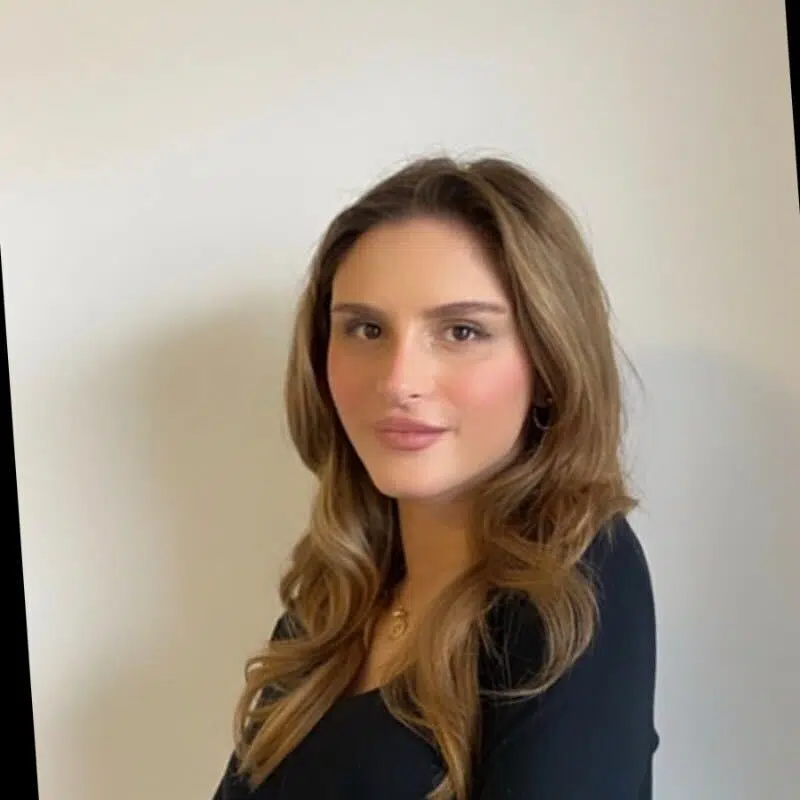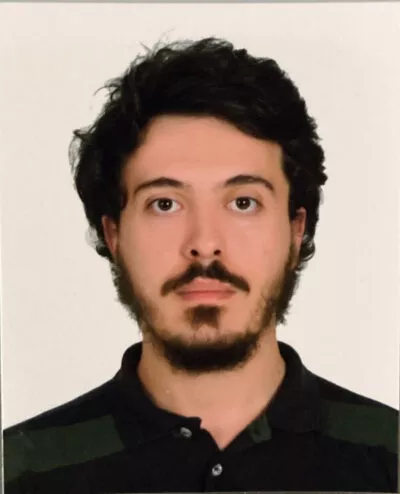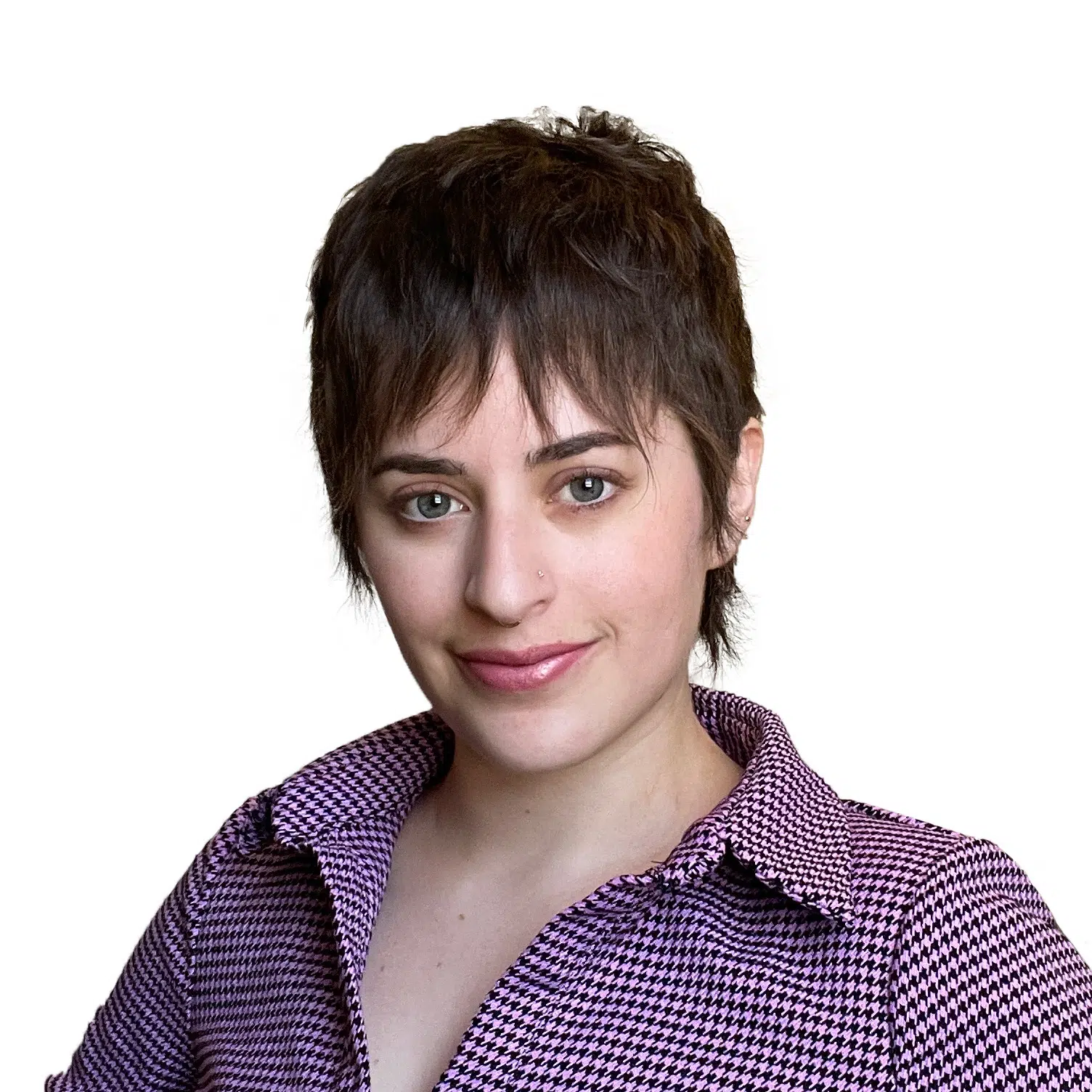Introduction to SAMD (Software as a Medical Device)
As technology continues to advance, the healthcare industry is experiencing a significant shift towards digital health. Software as a Medical Device (SAMD) is becoming increasingly popular as it aids in the diagnosis, treatment, and management of various medical conditions. However, SAMD is subject to regulatory oversight to ensure patient safety. In this article, I will provide an overview of software as a medical device, FDA regulations, global harmonization efforts, key standards and guidelines, risk classification, software lifecycle requirements, software quality and safety, addressing cybersecurity risks, postmarket requirements, the role of artificial intelligence and machine learning, and SAMD in specific medical fields.
The Evolution and Challenges of Software as a Medical Device (SAMD) in Healthcare
SAMD is defined by the International Medical Device Regulators Forum (IMDRF) as “software intended to be used for one or more medical purposes that perform these purposes without being part of a hardware medical device.” SAMD can be standalone software or an accessory to a hardware device. It includes mobile applications, clinical decision support software, and software used for disease diagnosis and management.
The use of software as a medical device is rapidly increasing due to the convenience and accessibility it provides to healthcare. Software as a medical device can help patients monitor their health and communicate with their healthcare providers remotely, saving time and reducing the burden on the healthcare system. However, SAMD is not without its challenges, particularly in terms of regulation.
SAMD and FDA Regulations – Understanding Section 201(h) of the Federal Food, Drug, and Cosmetic Act
The FDA regulates SAMD to ensure that it is safe and effective for its intended use. SAMD is subject to the same regulatory requirements as traditional medical devices, such as premarket review and postmarket surveillance. Section 201(h) of the Federal Food, Drug, and Cosmetic Act defines a medical device as “an instrument, apparatus, implement, machine, contrivance, implant, in vitro reagent, or other similar or related article, including a component part, or accessory which is recognized in the official National Formulary, or the United States Pharmacopoeia, or any supplement to them.”
The FDA’s regulatory framework for software as a medical device is evolving to keep pace with advancing technology. In 2019, the FDA released a Digital Health Innovation Action Plan outlining its approach to regulating digital health technologies, including SAMD. The plan focuses on promoting innovation while ensuring patient safety.
Global Harmonization – The Role of IMDRF (International Medical Device Regulators Forum)
The IMDRF is a voluntary group of medical device regulators from around the world, working together to harmonize regulatory requirements for medical devices. The IMDRF has developed guidance documents and standards for SAMD, including the Software as a Medical Device (SaMD): Key Definitions and Concepts guidance document.
The IMDRF’s efforts to harmonize regulatory requirements for SAMD are essential to ensuring patient safety and promoting innovation. By aligning regulatory requirements, companies can more easily bring their medical software to market in multiple jurisdictions, reducing regulatory burden and speeding up access to care for patients.
Key Standards and Guidelines – IEC 62304, AAMI TIR 45, ISO 13485, FDA 21 CFR 820, and ISO 14971
Several key standards and guidelines apply to SAMD development, including IEC 62304, AAMI TIR 45, ISO 13485, FDA 21 CFR 820, and ISO 14971. These standards provide guidance on software development, risk management, quality management, and regulatory compliance.
IEC 62304 provides a framework for the software development process, including requirements, design, implementation, verification, and maintenance. AAMI TIR 45 provides guidance on the risk management process for SAMD, including risk identification, analysis, evaluation, and control. ISO 13485 specifies requirements for a quality management system for medical devices, including SAMD. FDA 21 CFR 820 outlines the quality system regulation for medical devices, including software as a medical device. ISO 14971 provides guidance on risk management for medical devices, including SAMD.
Risk Classification of SAMD – Determining the Level of Regulatory Oversight
SAM is classified into one of three categories based on the level of risk it poses to patients – Class I, II, or III. Class I SAMD presents the lowest risk to patients and is subject to the least amount of regulatory oversight. Class III medical software presents the highest risk to patients and is subject to the most stringent regulatory requirements.
The FDA classifies SAMD based on its intended use, the patient population it is intended for, and the level of risk it poses to patients. Companies must determine the classification of their SAMD and follow the appropriate regulatory requirements to bring their product to market.
SAMD Lifecycle Requirements – From Software Development to Maintenance and Beyond
The lifecycle of SAMD includes several stages, from software development to maintenance and beyond. Companies must follow a comprehensive software development process that includes requirements, design, implementation, verification, and maintenance. They must also establish a quality management system that ensures compliance with regulatory requirements and the safety and effectiveness of the SAMD.
Once the software is on the market, companies must continue to monitor and maintain it to ensure that it remains safe and effective for its intended use. This includes providing software updates and addressing any issues that arise during the product’s lifecycle.
Ensuring Software Quality and Safety – Software Validation and Configuration Management Process
Ensuring the quality and safety of SAMD is essential to protecting patient safety. Companies must establish a robust software validation process that verifies that the software is functioning as intended and is safe and effective for its intended use. The software validation process includes testing, verification, and validation activities.
Configuration management is also critical to ensuring the quality and safety of SAMD. Companies must establish a configuration management process that tracks changes to the software throughout its lifecycle, ensuring that it remains safe and effective and complies with regulatory requirements.
Addressing Cybersecurity Risks in SAMD – Best Practices and Considerations
Cybersecurity is an increasingly important consideration in SAMD development. Medical software is vulnerable to cyberattacks, which can compromise patient safety and the integrity of the healthcare system. Companies must establish a comprehensive cybersecurity program that includes risk assessment, threat modeling, and vulnerability testing.
Best practices for SAMD cybersecurity include designing software with security in mind, implementing security controls, and conducting regular security testing. Companies must also adhere to the Software Bill of Materials (SBOM) standard, which requires them to disclose all software components used in their SAMD to ensure that vulnerabilities are identified and addressed.
Postmarket Requirements for SAMD – Reporting Adverse Events, PMA, 510(k), and Other Regulatory Obligations
Once SAMD is on the market, companies must adhere to several postmarket requirements. This includes reporting adverse events to the FDA, submitting premarket approval (PMA) or 510(k) applications for changes to the software, and complying with other regulatory obligations.
Companies must establish a comprehensive postmarket surveillance program that includes monitoring adverse events and addressing any issues that arise during the product’s lifecycle.
The Role of Artificial Intelligence and Machine Learning in SAMD
Artificial intelligence (AI) and machine learning (ML) are becoming increasingly important in SAMD development. AI and ML can aid in the diagnosis, treatment, and management of various medical conditions, improving patient outcomes and reducing healthcare costs.
However, AI and ML are subject to regulatory oversight, and companies must ensure that their medical software using these technologies is safe and effective for its intended use. Companies must also establish a comprehensive validation process to ensure that the AI and ML algorithms used in their SAMD are functioning as intended.
SAMD in Specific Medical Fields – Exploring Special Purpose Systems (SPS) and Active Implantable Medical Devices (AIMD)
Software is used in various medical fields, including special purpose systems (SPS) and active implantable medical devices (AIMD). SPS includes devices used for diagnosis, monitoring, or treatment of a specific medical condition. AIMD includes devices that are implanted into the body, such as pacemakers and defibrillators.
SPS and AIMD are subject to additional regulatory requirements to ensure patient safety. Companies must adhere to specific standards and guidelines when developing SAMD for these medical fields.
Conclusion – Embracing Innovation while Ensuring Patient Safety
SAMD is an essential tool in the healthcare industry, aiding in the diagnosis, treatment, and management of various medical conditions. However, SAMD is subject to regulatory oversight to ensure patient safety. Companies must follow a comprehensive software development process, establish a quality management system, and adhere to regulatory requirements to bring their medical software to market.
As technology continues to advance, the healthcare industry must embrace innovation while ensuring patient safety. By working together to harmonize regulatory requirements, companies can more easily bring their SAMD to market in multiple jurisdictions, reducing regulatory burden and speeding up access to care for patients. Schedule a consultation with Nectar to learn more about our development process.
